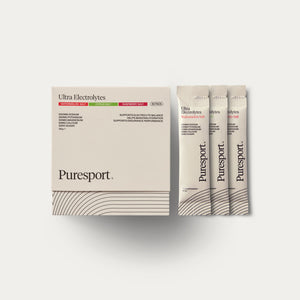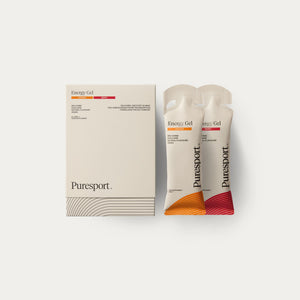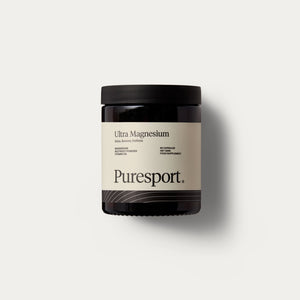Vitamin E Ingredient Overview
Vitamins are typically essential nutrients that the body needs but is unable to synthesise. Vitamin E is one of these nutrients, and we’re going to go over what you should know about it. We’re going to explore vitamin E sources, vitamin E benefits for skin, and a range of other reasons why this nutrient is so useful.
What is Vitamin E?
Unlike one would assume from the name, vitamin E is a group of eight different nutrients that is made up of four tocotrienols and four tocopherols. Unlike other vitamins, vitamin E deficiency doesn’t usually occur due to a lack of vitamin E in the diet but rather due to issues digesting fat.
This vitamin was first discovered by Herbert McLean Evans and Katharine Scott Bishop in 1922. In 1935, the first pure form of the vitamin was isolated at the University of California, Berkeley, by Gladys Anderson Emerson and Herbert McLean Evans.
When it was first discovered, vitamin E was noted as a crucial factor in the fertility of rats, which got it the name tocopherol. This is a compound word made up of the Greek terms for birth and carrying, essentially meaning “to bear a pregnancy.” Eventually, the vitamin was synthesised in 1938 by Paul Karrer.
One of the more interesting discoveries about vitamin E was that it was required for rats to give birth but studies on humans found no links between it and childbirth. Unlike human beings, plants, cyanobacterial, and algae are all able to synthesise their own vitamin E.
In plants, the compounds act as an antioxidant. In particular, plants use this vitamin to protect themselves from the damage that ultraviolet radiation originating from sunlight can do to them. In the case of seeds, vitamin E helps protect them from turning rancid because of oxidative activity.
What is Vitamin E Good For?
Is Vitamin E Good for Skin?
Vitamin E for skin has had a body of anecdotal evidence for a long time, but studies proving its ability to help with skincare have been relatively recent. For example, this study determined that topical application of vitamin E can help reduce the amount of damage that UV radiation can cause to the skin of animals.
What Does Vitamin E Do for Your Skin?
Vitamin E helps protect the skin because it is easily absorbed into the skin and it helps prevent oxidative stress from building up in the skin. Oxidative stress is responsible for skin becoming damaged through ageing or through sunlight exposure. Vitamin E oil benefits for skin also include preventing dehydration.
Vitamin E for Scars
Due to its ability to help with other skin damage, another one of the vitamin E benefits that have seen some research is its ability to help scars heal over. While previous research determined that vitamin E didn’t help with scar healing after the removal of skin cancer, follow up studies in children determined otherwise.
This study found that children who had surgical scars and used vitamin E were less likely to develop patches of deeper scarring (keloids) over their wounds. Researchers recommended that patients use vitamin E before and after a surgery to reduce the chances of a severe scar developing.
Vitamin E Benefits for Hair
Vitamin E has also been linked with healthier hair and a healthy scalp. To maintain your hair’s shine, it’s essential to maintain the layer of fat that coats the hair, and vitamin E oils can help ensure that the protective fat layer on the outside of your hair doesn’t get damaged. This study explored how vitamin E can help protect hair, keep out moisture, and stop breakage.
Vitamin E’s skin benefits also make it a good choice for keeping your scalp healthy. By ensuring that your scalp is healthy, it can help build a foundation that will make your hair grow from a healthier place because of reduced oxidative stress in the skin and additional protection because of the outer layer.
What Foods Contain Vitamin E?
Vitamin E is available from many different types of foods, and a lack of vitamin E in your diet is unlikely unless you have difficulty absorbing dietary fats. The best food for vitamin E is wheat germ oil, which contains more than your required daily value per serving.
Other great sources of vitamin E include sunflower seeds, with 66% of your daily value per serving, almonds, with 48% per serving, and hazelnuts, with 28% per serving.
How to Use Vitamin E Oil on Face
Vitamin E oil can be applied to the face by first covering your fingers in it and gently massaging it into your pores. Keep in mind that vitamin E oil is relatively greasy because of its lipid profile, so topical solutions may be a little thicker than you’re used to.







